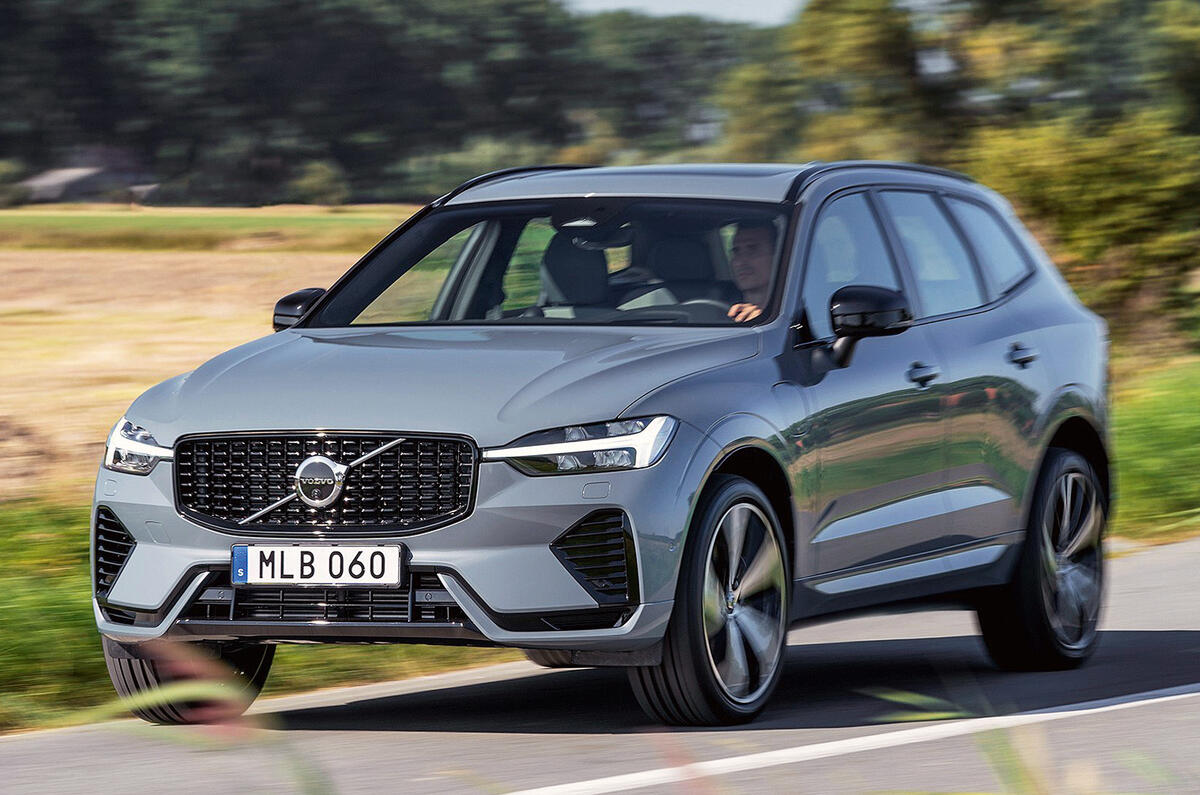What is it?
While Volvo is pushing its EV models hard as it moves towards full electrification, it is also pushing some very aggressive model cycles for the development of its plug-in hybrids. Less than a year after we first experienced the XC60 PHEV, the company has already given the electrical side of its powertrain some substantial upgrades, the same revisions set to be offered on the company’s other larger plug-ins.
The big change is the arrival of a new, longer-range battery featuring a third layer of cells. This has a capacity of 18.8kWh, an increase of more than 50% over the earlier PHEV’s 11.6kWh. This is enough to boost electric-only range in the XC60 T8 to 47 miles.
The electric motor that powers the rear axle has also been upgraded to make 143bhp – an increase of 56bhp. Working in conjunction with the less powerful turbocharged four-cylinder engine in the T6, this now makes a total of 393bhp, while the brawnier T8 – which uses a turbocharged and supercharged version of the same engine making 305bhp – now has a system total of 448bhp. Making it the most powerful Volvo road car powertrain so far.

What's it like?
The T8 powertrain is certainly impressively rapid when both combustion and electrical sides are working together. The XC60 launches hard and accelerates at a vigour that makes the fitment of Volvo’s corporate 112mph speed limiter seem like a cruel curtailment. There is little doubt an unconstrained T8 would be able to easily attain the 155mph that Volvo used to restrict its cars to.
Refinement is generally very good, although the petrol engine does become vocal under hard use. Choosing the pure electric ‘Pure’ mode trims the level of performance, but turns the powertrain almost entirely silent. Performance is more than adequate when running as an EV, although pressing too hard on the accelerator pedal will fire the combustion engine into life again. The one-pedal mode also works impressively well; as in the fully electric C40 Recharge, it allows the XC60 T8 to be brought to an almost imperceptible stop.
Not that selecting the new function is particularly easy. The new Google-based UI system looks good and copes well when asked to provide navigation and entertainment functions. But it has also been given control of lots of the car’s settings, with most of these buried in sub-menus.
Even switching between driving modes has become a three-stage process, first selecting ‘Settings’, then ‘Dynamics’ and only then being able to move between the Hybrid, Power, Pure, Off-Road and AED modes. The scroll controller previously used to move between these has been removed, making it impossible to change them without taking eyes from the road; in usability terms a definite retrograde step.



































Join the debate
Add your comment
I don't understand why Autocar insist on putting the 'From £XX,XXX' price on the titles of reviews when the vehicles featured - and the subsequent review content reflected - is usually always a highly specified press vehicle costing considerably more. It's something the regular readers get used to eventually... but I'd wager even they have never seen that practice as useful. I really wish they'd at least put the 'as tested' price there instead... or just get rid of it completely.
37k my arse!